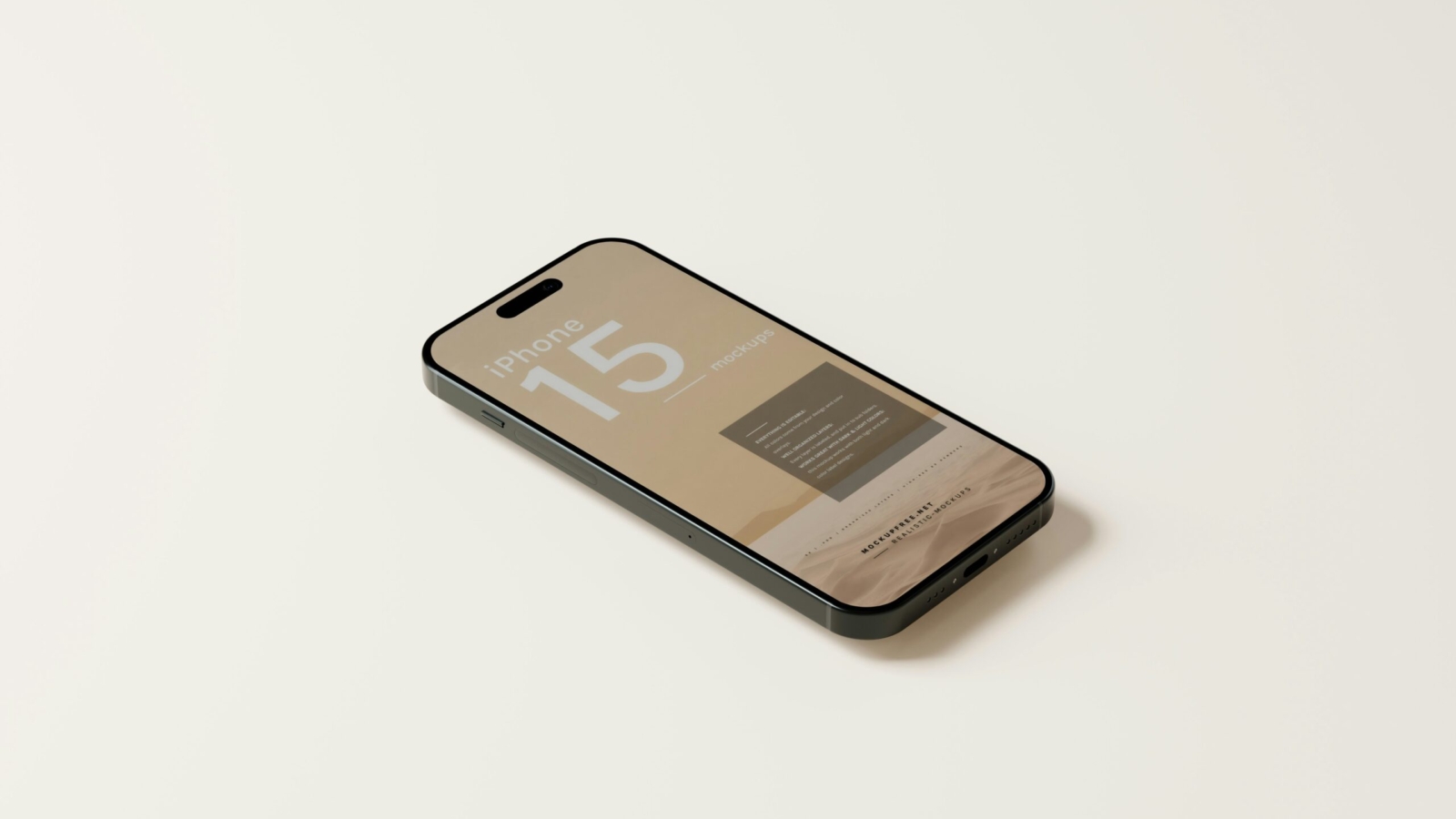Apple’s recent, understated unveiling of the iPhone 16e signals a notable pivot in its product strategy. Unlike the highly publicized iPhone 16 and 16 Pro models, the new iPhone 16e is designed to offer core iPhone functionality at a lower price point, targeting a specific market segment without overshadowing the flagship line.
A Pragmatic Approach to Product Differentiation
In an industry where product differentiation is key, Apple has redefined its marketing strategy by introducing the iPhone 16e as a lower-cost alternative. While the iPhone 16 and 16 Pro are set to dominate the media spotlight later in the year, the 16e is positioned as a practical solution for cost-conscious buyers. This move allows Apple to maintain its premium branding for high-end users while expanding its reach to a broader audience.
- Core iPhone Capabilities: The iPhone 16e retains essential features expected from an iPhone, ensuring that entry-level users still enjoy a robust user experience.
- Cost-Effective Innovation: By offering a model that skips some of the premium add-ons, Apple meets the demand for mid-range devices—especially in emerging markets—without resorting to deep discounts on older models.
Exposing Apple Intelligence to a New Audience
A standout feature of the iPhone 16e is its new A18 chipset, which introduces Apple Intelligence—an advanced AI capability—to a more affordable model. This strategic inclusion not only differentiates the 16e from other entry-level devices but also demonstrates Apple’s commitment to integrating cutting-edge technology across its product range.
The Unique iPhone 16e Launch Experience
Apple’s launch of the iPhone 16e was markedly different from its usual blockbuster events. The prerecorded, keynote-style video was concise—running less than 13 minutes—yet delivered in Apple’s trademark polished presentation. Key highlights include:
- Streamlined Presentation: The video, featuring Tim Cook and other top executives, provided a clear, organized overview without the extended theatrics of a full-scale launch.
- Hybrid Marketing Strategy: Combining elements of traditional keynotes with high-production commercial techniques, Apple’s presentation kept viewers engaged and effectively communicated the value of the iPhone 16e.
This approach may signal a new direction for Apple in debuting mid-cycle products—using mini-keynotes and structured videos for releases that do not require the grandeur of a full in-person event.
Testing the Waters: What Will Low-End iPhone Consumers Accept?
Introducing a budget-friendly smartphone has always been a delicate balancing act for Apple. The iPhone 16e is set to test consumer tolerance for reduced features such as limited MagSafe functionality and reliance on Apple’s first-generation in-house modem.
- MagSafe Limitations: While MagSafe is a key ecosystem feature for fast charging and accessory compatibility, its scaled-back functionality in the 16e could disappoint users who depend on it.
- In-House Modem Challenges: The performance of Apple’s new in-house modem is critical. Should it fall short compared to established solutions from Qualcomm—particularly in signal strength and efficiency—early adopters might express concerns that could impact broader adoption.
The success of these features will determine whether Apple can reduce its reliance on external suppliers and further streamline production for future models.
A Long-Term Strategy for Expanding Market Reach
Apple’s measured, low-key announcement of the iPhone 16e is a deliberate strategy. By keeping the launch subdued, Apple avoids cannibalizing the high-end models while still offering a compelling entry point for new users. This move is especially significant given the current trend of extended upgrade cycles, as many consumers now hold onto their devices longer.
Ultimately, the iPhone 16e is more than just an additional model—it represents a calculated effort to penetrate the mid-range market without compromising the exclusivity of Apple’s premium lineup. As the tech world watches closely, this strategic shift may well pave the way for future releases of other products such as new iPads, AirPods, and Macs, which could follow a similar mini-keynote format.
Apple’s innovative, cost-conscious approach with the iPhone 16e marks a significant shift in its product differentiation strategy. By delivering essential iPhone features at a lower price point and integrating advanced technology like the A18 chipset, Apple is testing the waters in the competitive mid-range market. This subdued launch style not only protects the premium image of its flagship models but also opens up new possibilities for future product announcements. As the industry evolves, Apple’s balanced strategy may set the tone for how budget-friendly devices are introduced in a market increasingly driven by value and innovation.
Stay tuned for more updates and in-depth analysis on Apple’s evolving product strategies and how they impact the smartphone market.

